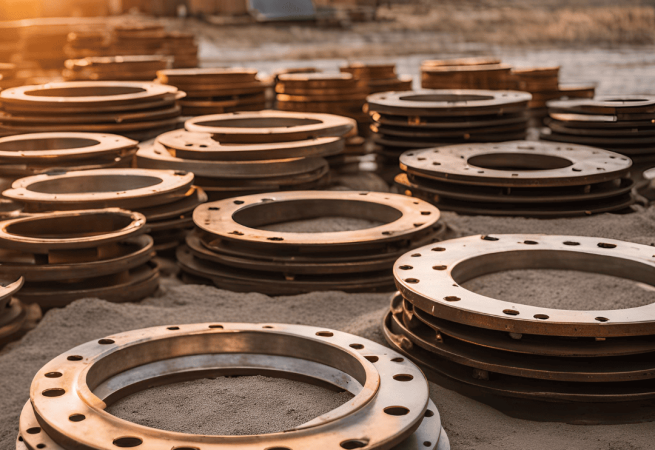

4 Driving Mistakes Every Driver Should Avoid
Aside from following the road rules, you should also avoid these common driving mistakes. These behaviors can lead to accidents and injuries. They include changing lanes without signaling, driving under the influence of alcohol, and running a red light. Fortunately, there are ways to prevent these mistakes. Below are some simple steps to avoid committing these mistakes as the best safe driver in Dubai. To help you learn more about the dangers of these behaviors, read on.
Avoiding unsafe driving behaviors:
Listed below are some ways to avoid engaging in unsafe driving behaviors. These behaviors include speeding, tailgating, and cutting off other drivers. Before starting your trip, leave a bit early to allow yourself enough time to make pit stops every two hours or 100 miles. If you have to be late, let your friends and family know. They should plan so they can take another route. It would help if you also tried to avoid driving under alcohol or drugs, as this can cause a car accident.
Using your turn signals:
Not using your turn signals is a common mistake that drivers make when changing lanes or turning in front of another car. Drivers must always use the turn signal to warn other drivers of their intentions and let pedestrians know that they’re changing lanes. Using your turn signals is one of the most important safety precautions a driver can take, reducing the risk of collisions, traffic tickets, and other dangerous situations.
Avoiding changing lanes in an intersection:
It is a good idea to avoid changing lanes when approaching an intersection. It is a risky move and can cause an accident with the car in front of you. Also, if there is an accident nearby, the drivers in the other lane will not see the scene. When this happens, the driver in the right lane will have to drive carefully past the accident.
Avoiding running a yellow light:
One of the drivers’ most common mistakes when approaching a red light or yellow light is slamming on the gas pedal. Many people get through the light without a hitch, but the practice of “punching” a yellow light can be very dangerous. It’s also important for drivers to pay attention to pedestrians and traffic. The right speed for the conditions on the road, independent circumstances, and the speed limit is vital for everyone’s safety.

What are Some Major Properties of Marine Heavy Fuel Oil?
If you are thinking of buying marine heavy fuel oil, you need to know about its properties. Here, we will discuss its properties: density, carbon residue, viscosity, and thermal conductivity. We will also discuss its functions. If you are still uncertain about its suitability for your boat, read on.
High sulfur content:
Heavy fuel oil contains more sulfur than diesel. It also contains a range of contaminants that are critical to the operation of gas turbines, including vanadium, which promotes corrosion in hot gases. As a result, heavy fuel oil requires robust technology in gas turbines’ hot gas path section. This prevents using the most advanced GT technology, as film cooling is required. In addition, the higher sulfur content complicates low emissions levels and makes atomization more difficult.
Density:
The density of marine heavy fuel oil is the ratio of mass to volume at a specified temperature. It can range from about 800 to 1010 kg/m3. The highest density of marine fuel oil is 380 kg/m3. Those under a hundred kilograms per cubic meter (kg/m3) are considered high-quality. However, this doesn’t mean that high-density marine fuel oil is better than low-density marine fuel oil.
Viscosity:
When preparing a fuel analysis report for your ship, you must consider the density and viscosity of the marine heavy fuel oil. Viscosity measures the resistance to the flow of a liquid. The measurement is given in centistokes (CST) and is usually accompanied by a temperature value. Some fuels are more viscous than others, but a higher viscosity is better than a lower one.
Carbon residue:
The amount of carbon residue in marine heavy fuel oil varies depending on the processes applied in refinement. Straight-run fuels typically have a carbon residue value of ten to twelve percent by mass. Secondary conversion processes may increase the carbon residue to fifteen or sixteen percent, or even twenty percent. The carbon residue in heavy fuel oil has several properties that can be correlated with other fuel characteristics. Among them, carbon residue is a good indicator of the combustibility of heavy oil.
There are a few different ways to measure carbon residue in marine heavy fuel oil. One method is the Ramsbottom carbon residue test, part of ASTM D524. A weighed sample is placed in a glass bulb with a capillary opening in this method. The sample is then placed in a furnace set to approximately 550degC (or 1020degF) and exposed to high heat. The sample is then cooled down in a desiccator, resulting in the carbonaceous residue as a percentage of the original sample.










